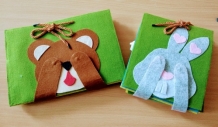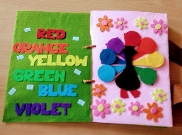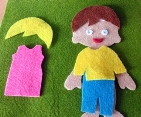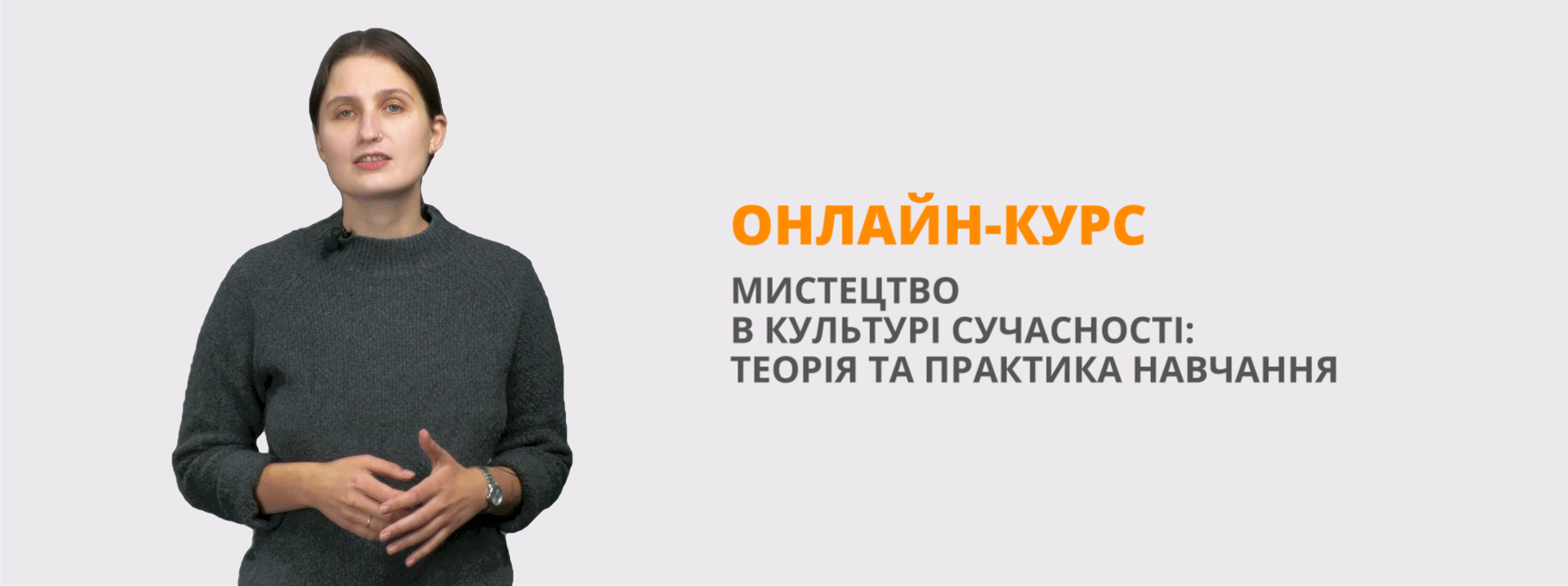Стаття "A Walk through the Pages of an Interactive Book"
A Walk through the Pages of an Interactive Book
(Prepared by: Marchuk O.T.)
 I want to introduce one more educational tool which you can use in your classes with junior students. It’s an interactive book.
I want to introduce one more educational tool which you can use in your classes with junior students. It’s an interactive book.
Interactive book or activity book or busy book or as it is more known as quiet book is a great sensory toy for young learners. Actually this book is an amazing resource for learning and entertaining!
Being full of interactive activities, such book helps children to learn and improve a wide range of skills while they are playing and having fun. The book encourages the development of hands. It develops fine motor skills, attention and logical thinking.
 This book is also wonderful to use for revision of basic skills and concepts that children have already learned. For example, students can improve their knowledge of the ABC letters, numbers, the names of colours, clothing items, animals, vegetables, fruits, parts of the body and many others things. Actually, it depends on teacher’s creativity and schedule what pages to include to the book.
This book is also wonderful to use for revision of basic skills and concepts that children have already learned. For example, students can improve their knowledge of the ABC letters, numbers, the names of colours, clothing items, animals, vegetables, fruits, parts of the body and many others things. Actually, it depends on teacher’s creativity and schedule what pages to include to the book.
Interactive books have also many other benefits, both educational and emotional. Some of these benefits are:
Better self-esteem. Children love to use this book doing some kinds of activities together with their classmates. These activities are quite simple but interesting, engaging and giving children a sense of achievement. Finishing their work successfully they feel proud of their achievements. And as result their self-esteem rises.
Increased concentration span. When a child is engaged in a task they enjoy, it leads to higher level of motivation and an increased concentration span.
Stimulation of curiosity. This book with bright pictures and interesting tasks stimulates curiosity through sensory play. Each page has a colorful picture activity that invites children to touch and explore.
Learning with total physical respond. Many young children learn with their whole body and attend better when there are more opportunities for sensory processing.
Improved language skills. Students learn to ask and answer questions, create their own stories, all in all, enrich their vocabulary.
Fostering the development of children with some disabilities. Tactile books are a great way to foster the development of literacy skills of any child who is visually impaired or children with other significant disabilities. These books can be used at home for enjoyment, to support understanding and anticipation of activities or as an independent leisure skill. At school tactile books are a must for supporting literacy instruction and for use in developing sensory efficiency skills.
Interactive book can be used for individual tasks and for work in groups as well.
Some people design the pages of their book to be sewn together in a permanent book, while others make books with interchangeable pages.
Activity books can be beautiful, hand-sewn masterpieces or simple pages. The success of this book is best measured by an involved child. Interactive books should be fun, hold a child's interest, and be directed toward their individual skill levels. If a child is entertained and having fun then the page is a success … it doesn't have to be picture perfect!
The ideas of pages can be various. Let’s walk through some activity pages of my interactive book.

Colour Peacock’s Tail
Can your students name rainbow colours? Have them match the colour with the peacock’s feathers and answer the question “What colour is this?”.

 Apple Tree and Let’s Count Our Fingers
Apple Tree and Let’s Count Our Fingers
These pages will quickly draw your students into math and numeracy. They teach children to count to 10 by counting and matching the number of apples on an apple-tree or fingers on two hands.

Telling Time Activity
Change the values on the analog clock and move the clock hands on the sun to match the time. Your kids will be able to practice telling time to the 5 minutes.

Let’s Do Some Laundry
Students love getting the pieces of clothing in and out of the washing machine or a "basket" and hanging them on the line with the clothespins. In this way they can learn to name different items of clothing, learn to be tidy and help their parents. After washing the clothes children can put them on a felt paper doll.
 Make up a Human
Make up a Human
There is a basic head and shoulders on the page. In the envelope there are eyes, lips, beard, hair of different colour, glasses and other pieces. Children can make a girl with earrings and necklace, a boy with glasses, an uncle with mustaches and so on. This is a good task to learn where eyes, a mouth, a nose and other parts of a face are.
In general, you can easily energize your lessons with a variety of games of an interactive book.


про публікацію авторської розробки
Додати розробку
